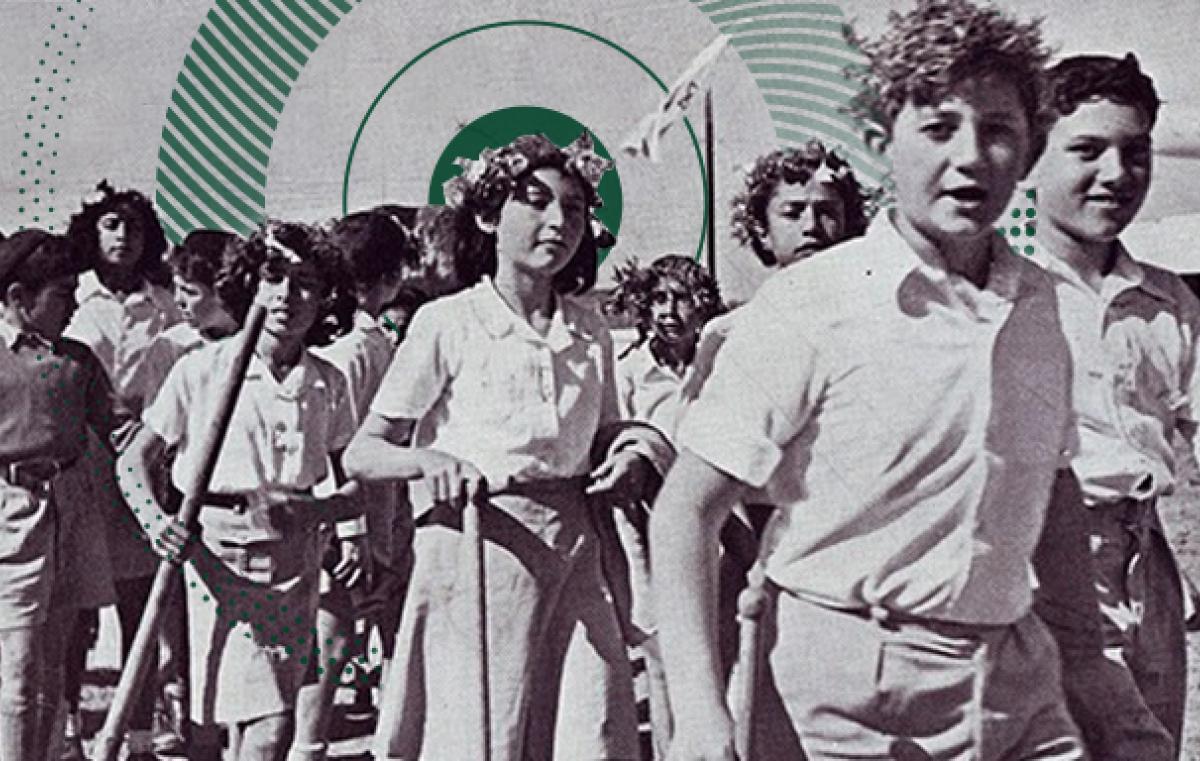Tu B'Shvat: New Year's Day… for Trees
Is the Jewish holiday of Tu B’Shvat the Day of Judgement for trees? And how did the 15th day of the Hebrew month of Shvat become Israeli Arbor Day?

Dr. Dov Herman of Bar-Ilan University’s Helene and Paul Shulman School for Basic Jewish Studies gets to the root of New Year’s Day…for trees.
Tu B’Shvat is not the Day of Judgement for fruit trees, rather the holiday of Shavuot is when the Almighty decrees whether the tree’s fruit will be plentiful or sparse in the coming year. Tu B’Shvat is essentially an agricultural calendar date, which has bearing on “Orlah” (the Biblical prohibition on eating fruit produced during the tree’s first three years) and “Neta Reva’i” (the Biblical command to bring fourth-year fruit crops to Jerusalem as a tithe). The holiday also marks the end of the farmers’ tax year and the start of a new tax year with regard to “trumot” and “maasorot” (tithes) of fruits. Thus, Tu B’Shvat is called “Rosh Hashana l’ilan” – New Year for the Tree.
The Schools of Hillel and Shamai disagreed regarding the date, with Beit Shammai maintaining that it should be the first of the Jewish month of Shvat; and Beit Hillel opining that the 15th of Shvat is the actual date. In principle, there is no real dispute, but rather the debate seems to reflect different geographic locations: with Beit Shammai representing inhabitants of the warmer coastal plain and lowlands, and Beit Hillel, residents of the colder mountain regions, where the processes associated with fruit development occur later. However, the tendency to establish uniform practice, as in other halakhot, led to the adoption of the Beit Hillel ruling.
With the debut of the Zionist movement, there were those who sought to adopt the European practice of planting trees on May 1st, as a way of expressing love for the Jewish homeland. The first Tu B’Shvat tree planting in Eretz Yisrael was in Safed in 1884, and the following year, in the northern agricultural settlement of Yesod HaMa’ala. Rabbi Ze’ev Yavetz, headmaster of the Zichron Yaacov School, established this custom. In 1890, he went out with his students to plant tree seedlings at the edge of the agricultural colony. Yavetz, who was one of the founders of the Mizrachi movement, recommended adopting this practice, which became a model for others, first in the agricultural colonies, then in Jaffa and gradually throughout the country. The custom was adopted in 1908 by the Jewish Teachers Union and later by the Jewish National Fund, which initially dedicated the day to planting eucalyptus trees to curb the spread of malaria in swamps in northern Israel.
In Israeli folk tradition, Tu B’Shvat is associated with the blossoms of the almond tree (the “Shkeidiah), the first fruit tree to flower. The Shkeidiah, which figures in favorite Israeli folk songs, heralds in the Jewish New Year’s Day for trees.
For more on the Shulman School for Basic Jewish Studies: https://yesod.biu.ac.il/en/node/1157